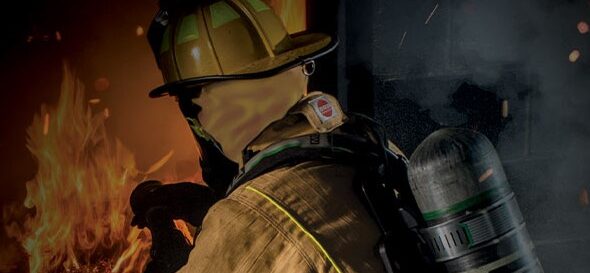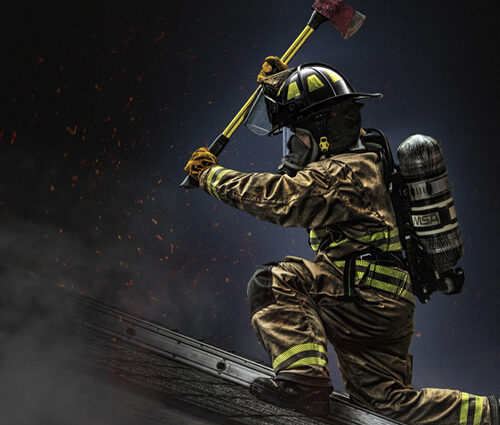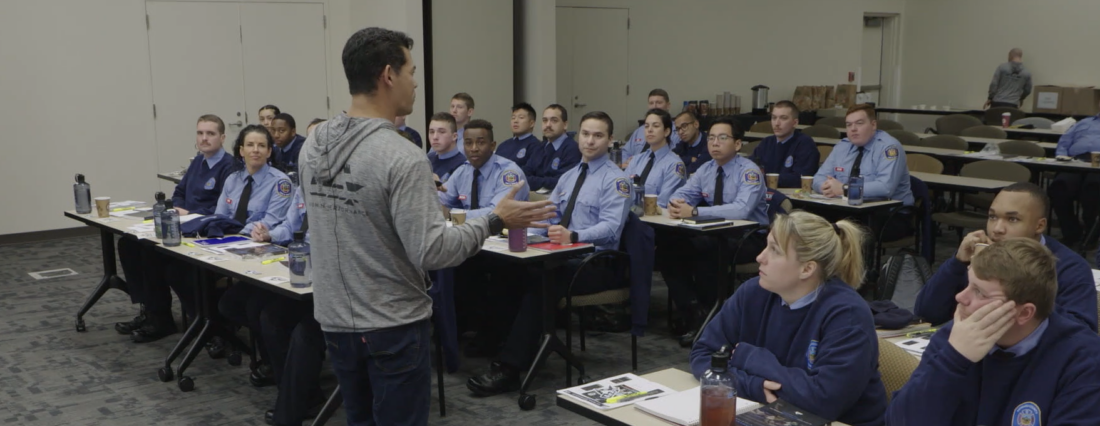
Soiled or contaminated protective clothing ensembles can expose you and fellow firefighters to toxic substances. They can also expose your family members and others to those same dangers.
The Fire and Emergency Manufacturers and Services Association (FEMSA) Official User Information Guide that comes with each protective garment provides guidance on how and how not to care for your turnout gear.
To help keep you and others safe and to properly maintain your turnout gear, FEMSA offers the following guidance:
- Do not take soiled or contaminated elements home or into living quarters in your firehouse.
- Do not wash soiled or contaminated elements in home laundries or in public laundries unless the public laundry has a dedicated business to handle protective garments.
- Do not commercially dry clean your protective garments. Commercial dry cleaning is generally not recommended for cleaning protective garments. Some dry cleaning solvents can damage components of the protective garment.
- Do not use chlorine bleach, chlorinated solvents, active ingredient cleaning agents, or solvents without the garment manufacturer’s approval.
- Do not overload the washing machine or dryer.
- Do not exceed a water temperature or drying temperature of 105°F (40°C).
- Do not use a detergent with a pH range of less than 6.0 pH or greater than 10.5 pH.
- Do not use a washing machine that exceeds an acceleration of 100 Gs (980 m/s2).
For more information about the care and maintenance of your turnout gear, read the FEMSA Official User Information Guide for Protective Garments for Structural and Proximity Fire Fighting and NFPA 1851, or consult with your turnout gear manufacturer.

7 Steps to Clean Firefighting Turnout Gear
The fire service recognizes that clean PPE can help keep you safe. We’ve put together seven steps to assist in cleaning your turnout gear, based on instructions found in NFPA 1851.
Download the Guide






